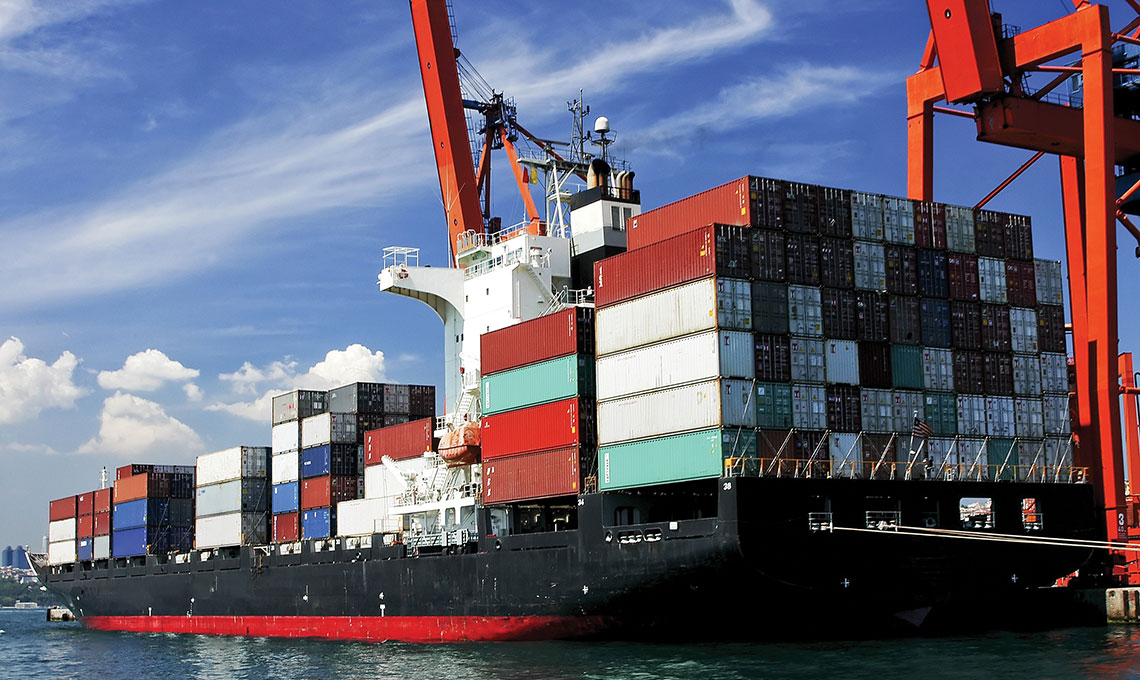The Journal of Commerce – CEO Robert Sappio Provides his Executive Outlook and Commentary for 2022
Jan 04, 2022

News
Jan 04, 2022

Also front and center in the headlines has been the issue of equipment shortages. These shortages certainly exist, but any container shortages are directly attributable to network constraints and dislocation, rather than a lack of investment or a slowdown in manufacturing. Trade imbalances, increased dwell times, and longer cycle times will continue to exacerbate box shortages well into 2022. This will especially be the case for refrigerated equipment.
And although shipping lines have become a convenient scapegoat throughout this network turmoil, they have acted quickly and responsibly, investing heavily in new equipment to meet customer needs. Container lessors, which continue to account for 50 percent or more of the global dry and refrigerated equipment fleets, have also invested in support of this unprecedented surge in demand, working closely with carriers to provide equipment where and when it is needed.
Annual global equipment production has averaged about 2.8 million TEU over the last five years. In 2020, more than 3.1 million TEU of containers were produced, despite production being significantly slowed in the first half of 2020 due to pandemic-induced weak demand. In 2021, production of new equipment is expected to exceed 6.2 million TEU, more than double the five-year annual average.
Newbuild dry container prices have hit record levels in 2021, while prices for newbuild refrigerated equipment increased more modestly. As congestion eases and cycle times normalize, equipment shortages should lessen, perhaps by late 2022.